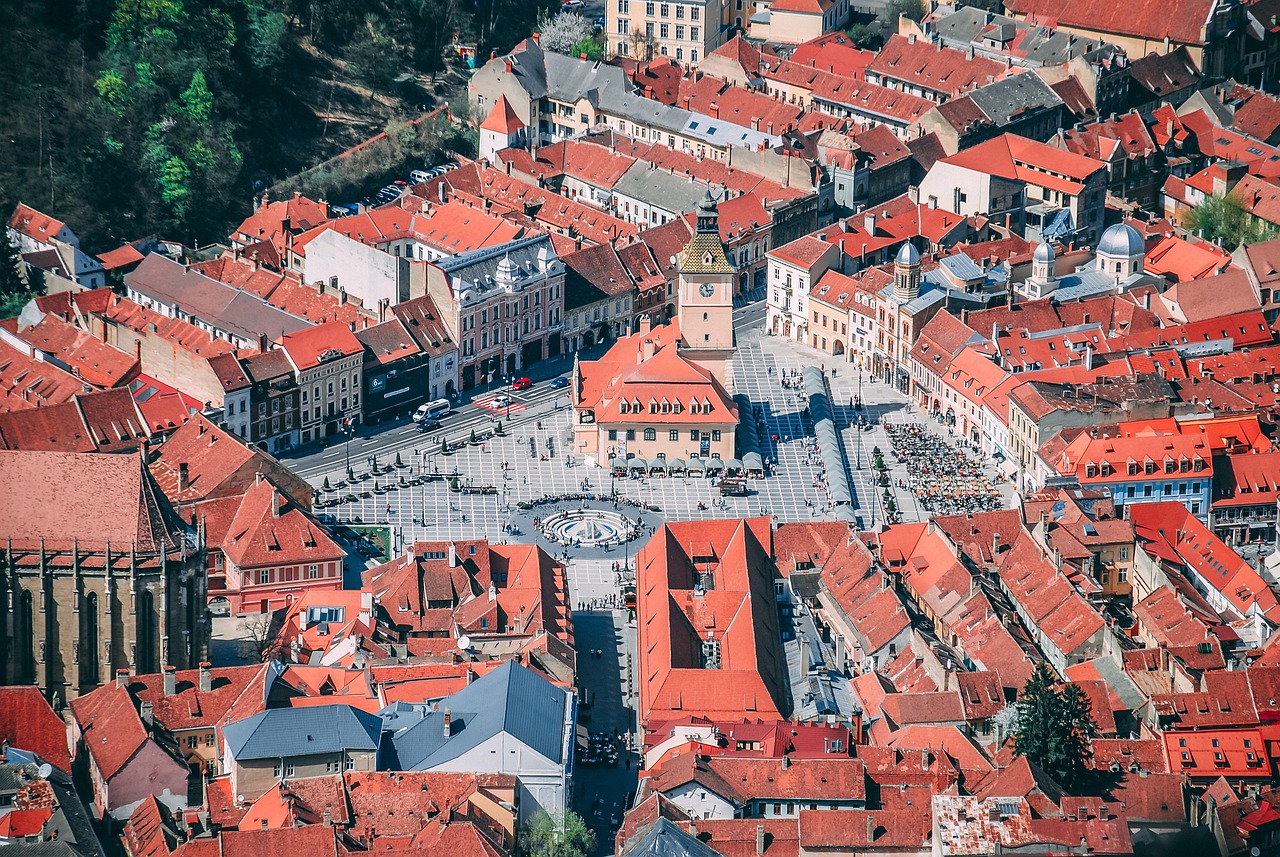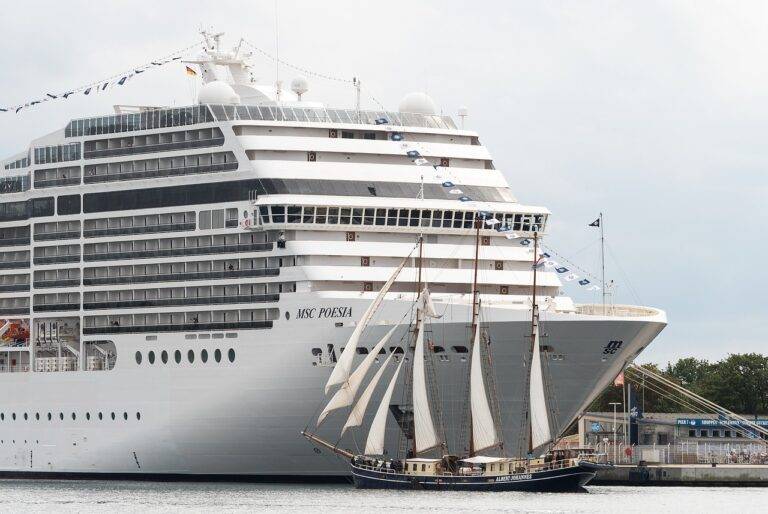Preserving Indigenous Traditions: Responsible Tourism in Native Communities
Preserving traditions is a vital aspect of Indigenous communities’ identity and heritage. However, modernization and globalization pose significant challenges to the continuation of these cultural practices. The encroachment of Western influences, such as technology and media, can erode the traditional ways of life that have been passed down through generations. Additionally, the pressures of urbanization and migration can disrupt the cohesive fabric of Indigenous societies, leading to a loss of customary practices and values.
Moreover, the exploitation of natural resources and land by external entities can further threaten the preservation of Indigenous traditions. Deforestation, mining, and other forms of environmental degradation not only harm the environment but also disrupt the connection that Indigenous communities have with their ancestral lands. This loss of land and resources can undermine the cultural practices that are deeply intertwined with the natural world, making it challenging for Indigenous peoples to sustain their traditions for future generations to come.
Impact of Tourism on Indigenous Culture
Tourism can bring economic opportunities to indigenous communities through increased revenue from the sale of traditional crafts and cultural performances. However, the influx of tourists can also lead to the commodification of indigenous cultures, with some communities feeling pressure to adapt their traditions to meet tourist expectations. This can result in a loss of authenticity and cultural integrity as practices are altered to cater to visitors rather than being maintained for their cultural significance.
Furthermore, the increased presence of tourists can disrupt traditional ways of life for indigenous communities, leading to issues such as environmental degradation, over-commercialization of cultural practices, and a loss of privacy and sacred spaces. These impacts can have long-term effects on the cultural identity of indigenous peoples, as well as on the sustainability of their communities. Balancing the economic benefits of tourism with the need to protect and preserve indigenous cultures is a complex challenge that requires thoughtful and culturally sensitive strategies.
• The influx of tourists can lead to the commodification of indigenous cultures
• Some communities may feel pressure to adapt their traditions to meet tourist expectations
• This can result in a loss of authenticity and cultural integrity as practices are altered for visitors
• Increased presence of tourists can disrupt traditional ways of life for indigenous communities
• Issues such as environmental degradation, over-commercialization, and loss of privacy/sacred spaces may arise
• Long-term effects on cultural identity and sustainability of communities can occur
Balancing the economic benefits of tourism with the need to protect and preserve indigenous cultures is a complex challenge that requires thoughtful and culturally sensitive strategies. It is essential for stakeholders in the tourism industry, government officials, and indigenous community leaders to work together collaboratively to find solutions that support both economic development and cultural preservation. By respecting the rights, traditions, and values of indigenous peoples, sustainable tourism practices can be implemented that benefit all parties involved while safeguarding the rich heritage and unique identities of these communities.
Strategies for Sustainable Tourism Development in Native Communities
Within native communities, the preservation of cultural traditions is intricately linked to the sustainable development of tourism. As these communities navigate the complexities of sharing their culture with visitors while ensuring its authenticity, it becomes essential to implement strategies that prioritize cultural integrity and respect. Nurturing a balance between economic advancement through tourism and the safeguarding of traditional practices is crucial for the long-term sustainability of indigenous cultures.
One effective approach is the active involvement of community members in all stages of tourism development. By empowering locals to actively participate in decision-making processes, cultural sensitivity can be maintained while also fostering a sense of community ownership over tourism initiatives. Furthermore, establishing partnerships with responsible tour operators and organizations that prioritize ethical practices can help native communities navigate the challenges of tourism while safeguarding their heritage for future generations.
What are some of the challenges indigenous communities face in preserving their traditions in the face of tourism development?
Indigenous communities often face challenges such as cultural appropriation, loss of traditional practices, and degradation of sacred sites due to increased tourism activities.
How does tourism impact indigenous culture?
Tourism can have both positive and negative impacts on indigenous culture. While it can provide economic opportunities and promote cultural exchange, it can also lead to exploitation of cultural heritage and erosion of traditional values.
What are some strategies that can be implemented for sustainable tourism development in native communities?
Some strategies include implementing culturally sensitive tourism practices, promoting community-based tourism initiatives, involving indigenous communities in decision-making processes, and establishing sustainable tourism policies and regulations.





